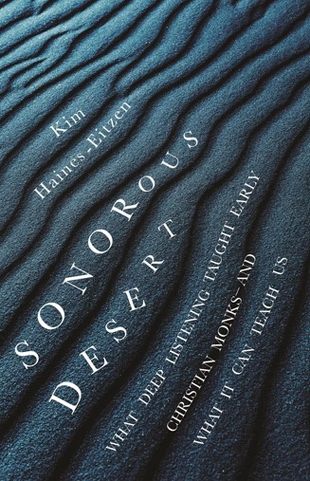This is an unusual book for an Ivy League university press to publish, in that it is not so much scholarly as it is full of spiritual lessons. But the author is a professor — of early Christianity and early Judaism at Cornell — and her sources range from classic monastic texts to works of ecology, aesthetics, poetry, and nature writing.
In these pages she writes as much from her personal experience of the desert in southeastern Arizona as she does from her vast research into the ways of the desert hermits and communal monks of Christian antiquity. There are many references to famous monks from 1,500 years ago as well as anecdotes of twentieth century monks like Thomas Merton woven together with the ideas and desires of all manner of people seeking silence that is sonorous today.
The author’s own search is never out of sight. She is personally invested in the pursuit of silence, solitude, and community, hoping to find all of them together someday. She writes: “My search for silence, like my quest for solitude, was both frustrated and disquieting. The paradox of solitude and community is deeply connected to that of silence and noise. Deserts, by their sheer extremes, amplify these contrasts. Sitting still and listening in the desert teaches us about the power of silence, and also the prevalence of noise.”
Which leads me to explain that this is also a startling book in that it combines audio clips, accessible via QR codes in each chapter, of what one hears (never nothing!) in desert quiet. I opened the “soundscape” in chapter 3, for instance, for two minutes and eighteen seconds of ravens and other birds, crickets in what sounded like moments after the sun goes down, and then a distant thunderstorm.
This made me want to listen in new ways and new places, replacing some of the noise in my life with other, unexpected, possibilities.
